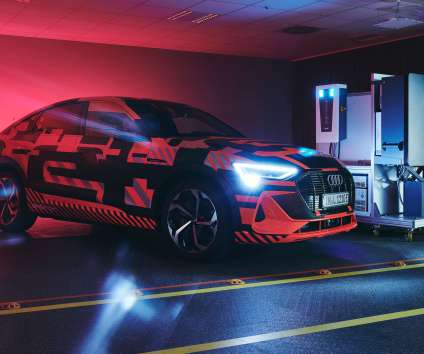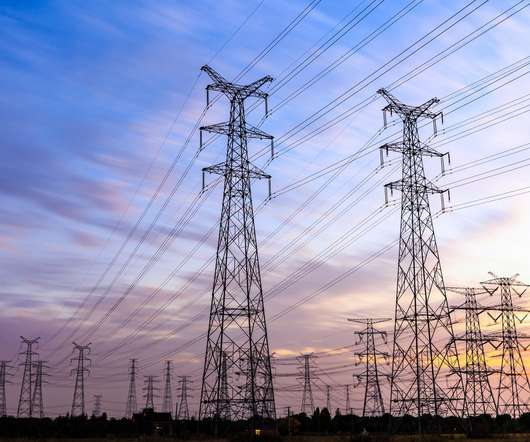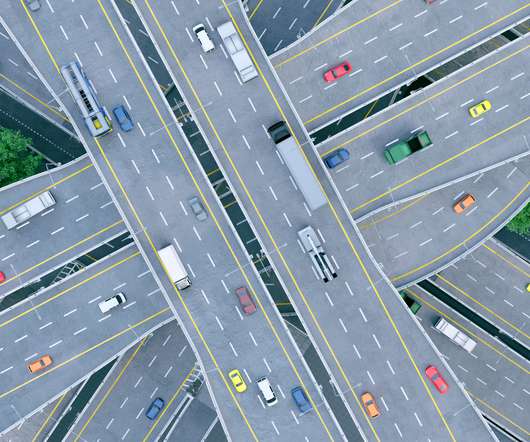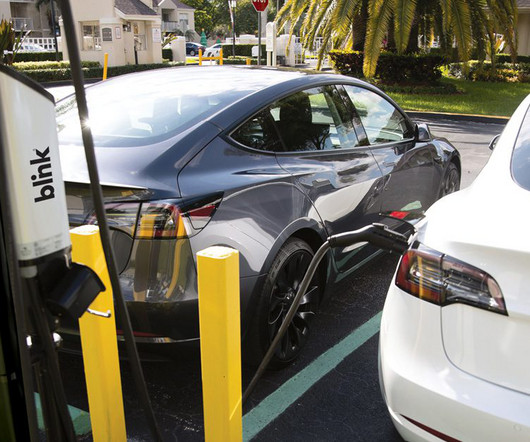Audi & Hager Group investigating bidirectional charging at home
Green Car Congress
JULY 24, 2020
In the first half of 2020, the proportion of green electricity as a percentage of the total electricity mix in Germany exceeded 50% for the first time. Hager Group and Audi are thus bidirectional charging at home, otherwise known as Vehicle to Home (V2H).












Let's personalize your content